Focus on Sustainable Practices
The Guar Gum Market is increasingly aligned with the global shift towards sustainability. As consumers and manufacturers alike prioritize eco-friendly products, the demand for natural and biodegradable ingredients is on the rise. Guar gum, being a plant-based product, fits well within this paradigm. The market for sustainable products is expected to grow substantially, with many companies seeking to reformulate their offerings to include natural ingredients. This trend is likely to enhance the appeal of guar gum, thereby fostering growth within the Guar Gum Market.
Rising Demand in Food Industry
The Guar Gum Market is significantly influenced by the food sector, where it is employed as a thickening and stabilizing agent in various food products. The global food industry is projected to grow at a CAGR of 4.5% over the next five years, with a notable increase in the consumption of processed foods. Guar gum's ability to enhance texture and improve shelf life makes it a preferred choice among food manufacturers. As consumer preferences shift towards convenience foods, the demand for guar gum is likely to escalate, thereby positively impacting the Guar Gum Market.
Growth in Personal Care Products
The Guar Gum Market is witnessing a surge in demand from the personal care and cosmetics sector. Guar gum serves as a natural thickener and emulsifier in various products, including shampoos, conditioners, and lotions. The Guar Gum is expected to reach USD 500 billion by 2026, with a significant portion attributed to natural and organic products. This trend aligns with the increasing consumer preference for sustainable and eco-friendly ingredients. As manufacturers strive to meet these demands, the utilization of guar gum is anticipated to rise, further propelling the Guar Gum Market.
Increasing Use in Pharmaceuticals
The Guar Gum Market is experiencing a notable increase in demand from the pharmaceutical sector. Guar gum is utilized as a thickening agent and stabilizer in various formulations, including tablets and syrups. The market for pharmaceutical applications is projected to grow at a compound annual growth rate of approximately 5.2% over the next few years. This growth is driven by the rising need for effective drug delivery systems and the increasing prevalence of chronic diseases. As pharmaceutical companies seek to enhance the efficacy of their products, the incorporation of guar gum is likely to become more prevalent, thereby bolstering the overall Guar Gum Market.
Expansion in Oil and Gas Applications
The Guar Gum Market is also benefiting from its expanding applications in the oil and gas sector. Guar gum is utilized as a gelling agent in hydraulic fracturing fluids, which are essential for extracting oil and gas from shale formations. The oil and gas industry is projected to grow steadily, with an increasing focus on unconventional resources. This growth is expected to drive the demand for guar gum, as it plays a crucial role in enhancing the efficiency of extraction processes. Consequently, the Guar Gum Market is likely to see a significant boost from this sector.
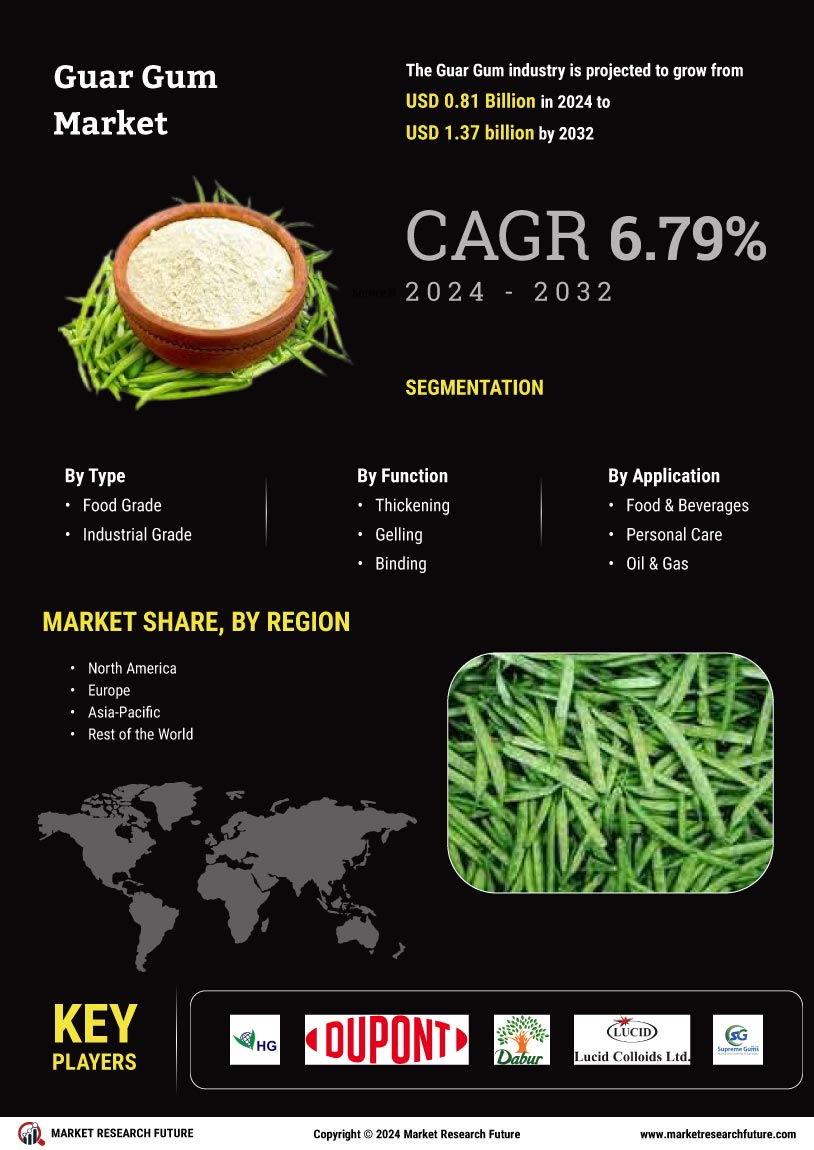

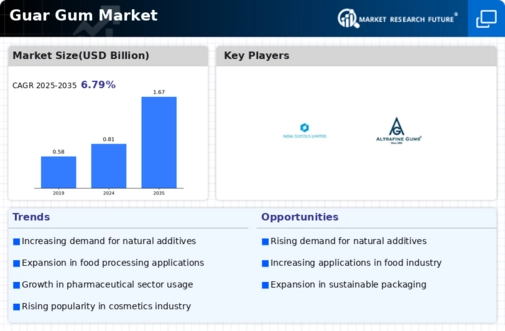
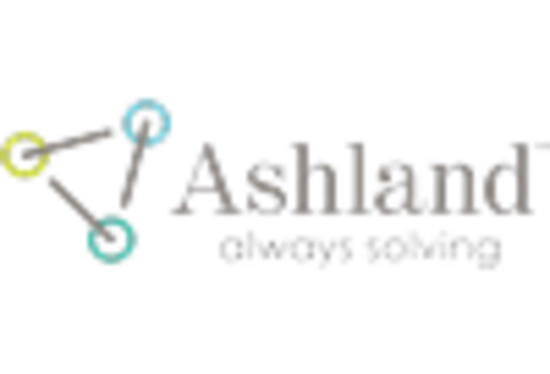
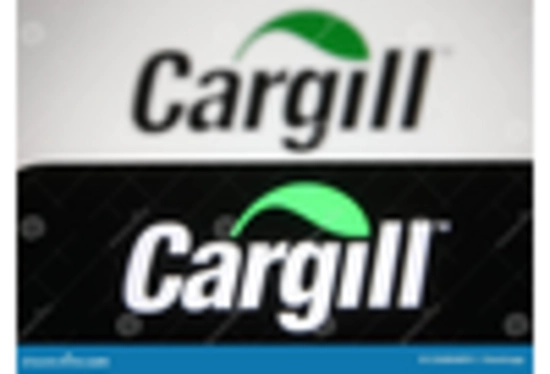
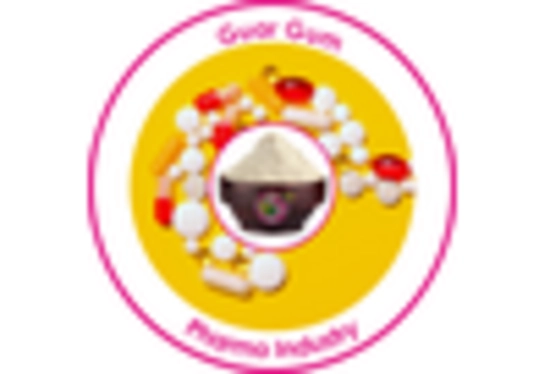
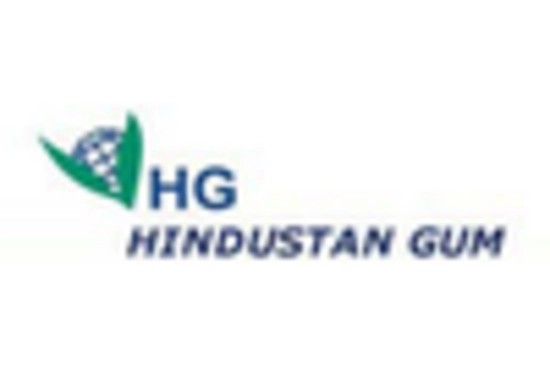
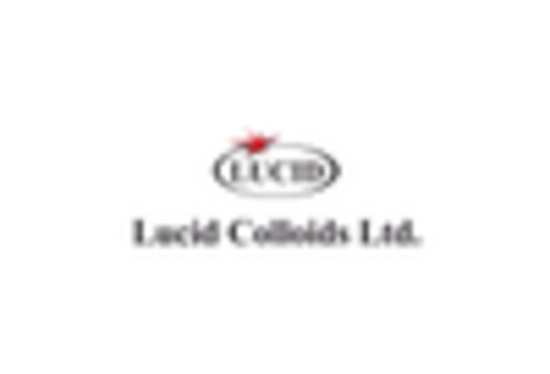
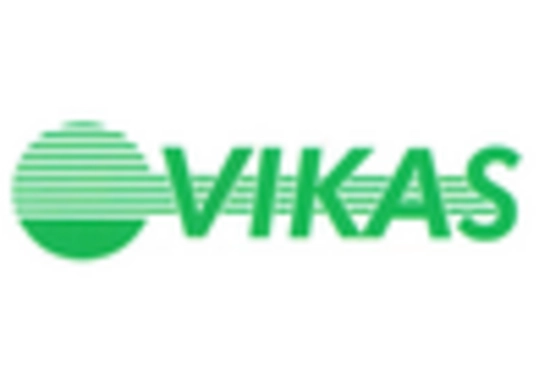








Leave a Comment